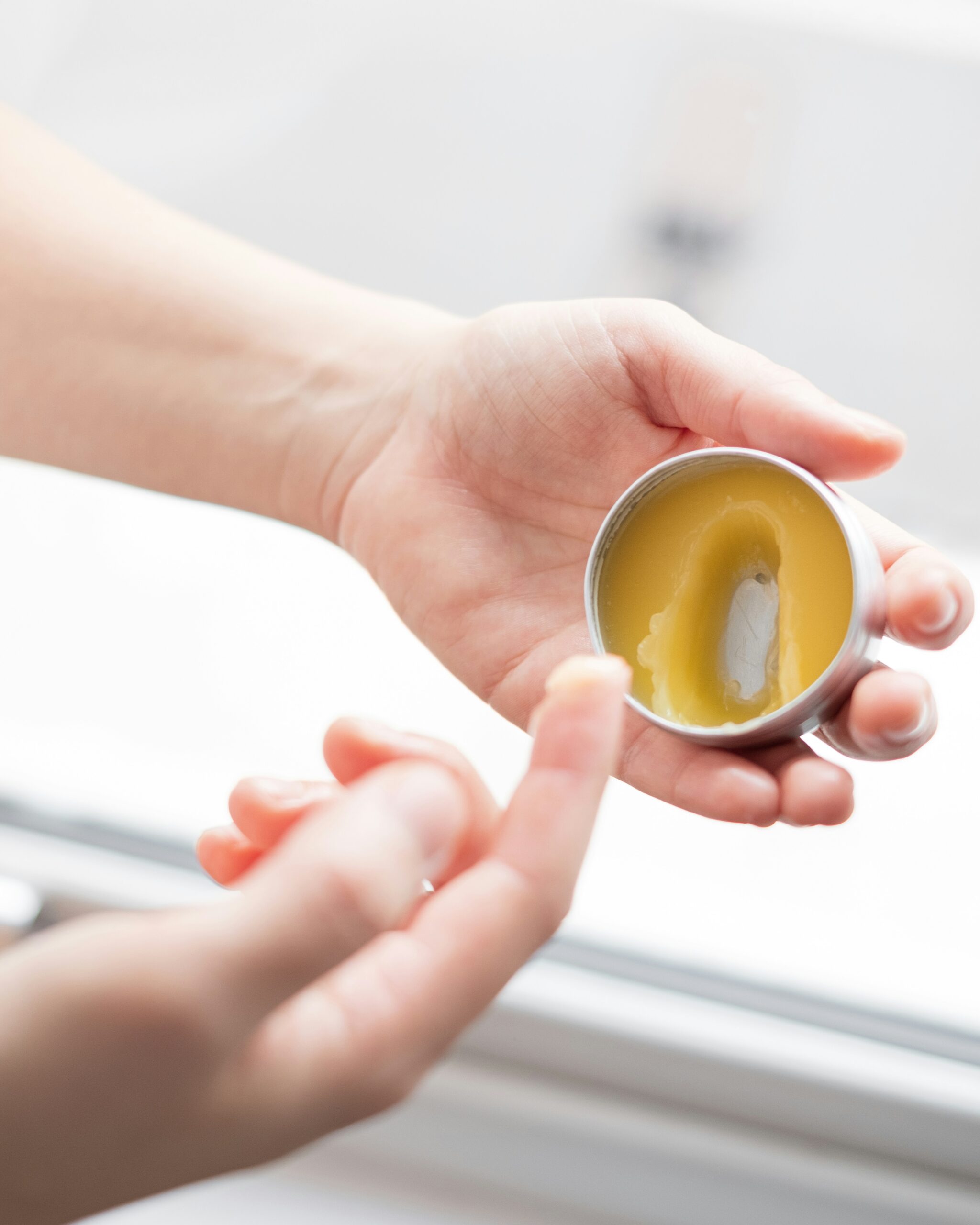Understanding Skincare Labels: A Guide to Decoding Ingredients
When it comes to skincare, the options can be overwhelming. With a multitude of products on the market, it can be difficult to decipher what ingredients are actually beneficial for your skin and which ones are just marketing hype. That’s why understanding skincare labels is essential. In this article, we will decode the most common skincare ingredients, so you can make informed decisions about the products you use.
1. Hyaluronic Acid: The Ultimate Moisture Booster
Hyaluronic acid has gained popularity in recent years for its exceptional moisturizing properties. Despite its name, hyaluronic acid is not harsh or drying. In fact, it is a natural substance that is already present in our skin. It has the ability to hold up to 1000 times its weight in water, making it a powerful hydrating agent. Look for this ingredient in your skincare products if you have dry or dehydrated skin.
2. Retinol: The Anti-Aging Powerhouse
Retinol is a derivative of vitamin A and is known for its anti-aging properties. It stimulates collagen production, reduces the appearance of fine lines and wrinkles, and improves skin texture. When using products containing retinol, it’s important to start with a low concentration and gradually increase over time to avoid irritation. Incorporating retinol into your skincare routine can help you achieve a more youthful complexion.
3. Niacinamide: The Multi-Tasking Wonder
Niacinamide, also known as vitamin B3, is a versatile ingredient that offers a wide range of benefits for the skin. It helps to regulate oil production, minimize pores, and improve skin tone and texture. Niacinamide is also effective in reducing redness and inflammation, making it suitable for sensitive skin. Whether you have acne-prone skin or are looking to improve overall skin health, products containing niacinamide are worth considering.
4. Alpha Hydroxy Acids (AHAs): The Exfoliation Experts
Alpha hydroxy acids, such as glycolic acid and lactic acid, are commonly found in exfoliating skincare products. These acids work by gently dissolving the bonds between dead skin cells, revealing a smoother and more radiant complexion. AHAs can also help to fade dark spots and improve the appearance of fine lines. However, it’s important to use AHAs with caution, as they can increase sun sensitivity. Always remember to wear sunscreen when using products containing AHAs.
5. Antioxidants: The Skin Protectors
Antioxidants, such as vitamin C and green tea extract, play a crucial role in protecting the skin from environmental damage. They neutralize free radicals, which are unstable molecules that can cause premature aging and skin damage. Antioxidants also help to brighten the skin and even out skin tone. Look for products that contain antioxidants to give your skin an extra layer of protection.
Conclusion
Understanding skincare labels is the key to making informed choices about the products you use on your skin. By familiarizing yourself with the ingredients mentioned above, you can ensure that you are selecting products that address your specific skincare concerns. Remember, everyone’s skin is unique, so what works for one person may not work for another. It’s always a good idea to do a patch test before incorporating new products into your routine. With the right ingredients, you can achieve healthy, glowing skin.









